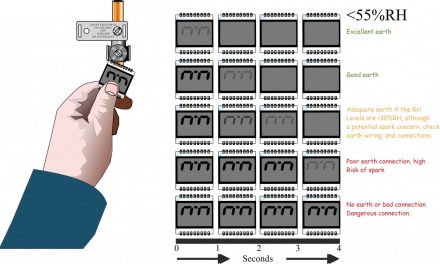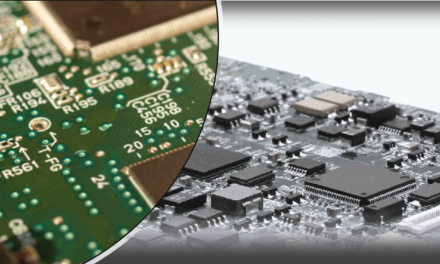The Koh Young Story: Twenty Years of Innovation – Part Two – It Takes a Village
In part one of this series, taken from an in-depth interview with Dr. Koh on the occasion Koh Young’s 20th anniversary, we heard about Dr. Koh’s background and what led to the creation of Koh Young and their first product. But who were the key players and partners in team Koh Young that delivered that ultimate success and helped deliver the founder’s dream to create game changing solutions that would create a paradigm shift in inspection technology?
 Dr. Koh: We had ten devoted mechatronics and software engineers who worked with me in the robotics industry prior to Koh Young. We knew each other’s skills and were confident in our team to develop excellent equipment. At the same time, we were careful not to fall into the trap of an engineer’s bias. We knew our ultimate goal was to satisfy the market and our customers.
Dr. Koh: We had ten devoted mechatronics and software engineers who worked with me in the robotics industry prior to Koh Young. We knew each other’s skills and were confident in our team to develop excellent equipment. At the same time, we were careful not to fall into the trap of an engineer’s bias. We knew our ultimate goal was to satisfy the market and our customers.
In the beginning, we had no idea what product we were going to develop either. Some may say we were reckless and naïve. To some degree we were. But this was because we had a dream – a dream to create the world’s best product.
Our team spent a long time researching what product we could develop, but also an unmeasurable amount of time together. Many sleepless nights passed where we were sitting at a table together, trying to solve problems that seemed impossible to solve.
For example, there were shadowing problems and specular reflections that seemed unsolvable then. Whenever we faced a problem, we always put ideas on the table for discussion and tried to think outside the box. It sounds cliché but this was what really got the unsolvable problems, solved. This passion and innovative spirit of our initial members is what has kept Koh Young growing, and the desire to take on a challenge became Koh Young’s DNA.
What were some of the big technical challenges that had to be overcome to get those first products ready to share with potential customers?
Dr. Koh: Now, 3D inspection systems are the norm. But back in the 2000s when we were introducing the world’s first True 3D SPI, there was no such thing as a 3D inspection system. Everything was 2D. So, the typical industry practice was to inspect the boards either with 2D inspection systems or manual inspection by humans. But electronic components were getting smaller and smaller requiring a more precise 3D measurement.
This is when we introduced our dual-projection moiré system. With the limitations of existing optical inspection systems, shadowing problems were always a pain at that time when inspecting irregularly shaped solder deposits. When we project the light into three-dimensional objects from one side, we cannot measure the other side as the objects block the light – the shadow problem. This issue led to an inaccurate measurement result from the actual value. Until then, there was no solution to this problem.
Our team was initially skeptical, but we tried to see it from a different angle. And we found the solution and it worked! This became what is now known as the dual-projection system.
Even after we solved multiple problems, such as specular reflections, projection obstacles, and measurement range, new inspection challenges in the industry keep coming up even now. And because new challenges like this happen on a day-to-day basis, and customers require new solutions in real-time, we must react fast and adapt accordingly to create new solutions.
This real-time customer-response can be complex and costly at times, but we believe in this way we can strengthen our technological competitiveness and maintain our leadership in this market.
Who were the key partners, such as customers or suppliers, that helped develop and refine the product? And how did they help?
Dr. Koh: It would take me hours to list all the customers and suppliers I am grateful to. But I am especially indebted to those who requested solutions that did not yet exist. It helped to push us to keep creating. As we kept ourselves busy with these challenges. By 2008, our path took us to create the world’s first 3D AOI (automatic optical inspection).
In the early 2000s, a potential customer requested a 3D inspection machine for the post-reflow process. None of our members had heard of such a concept before, so the thought of developing a product so unfamiliar frightened us at first. There were semiconductor components with various heights, sizes, and colors that created many obstacles to inspecting the PCBs – we had to find a way to get through them.
It was difficult even to find a sample board with all kinds of semiconductor components to test our inspection, but three of our R&D team cracked the issue after one year of laborious testing. Based on their solution, we adjusted our algorithms to introduce the world’s first 3D AOI system in the market in 2010. Our efforts to meet ongoing requests from our customers all around the world are still in progress, and we never stop innovating.
Watch for “Part Three – A Paradigm Shift” of this comprehensive four-part interview of one of the industry’s luminaries. It will post next Tuesday.













